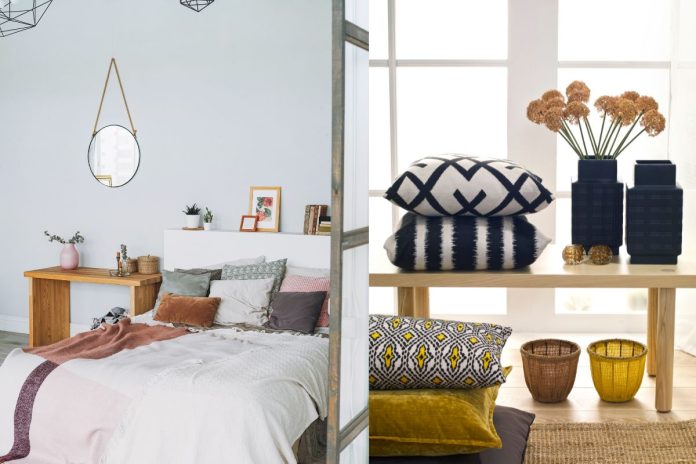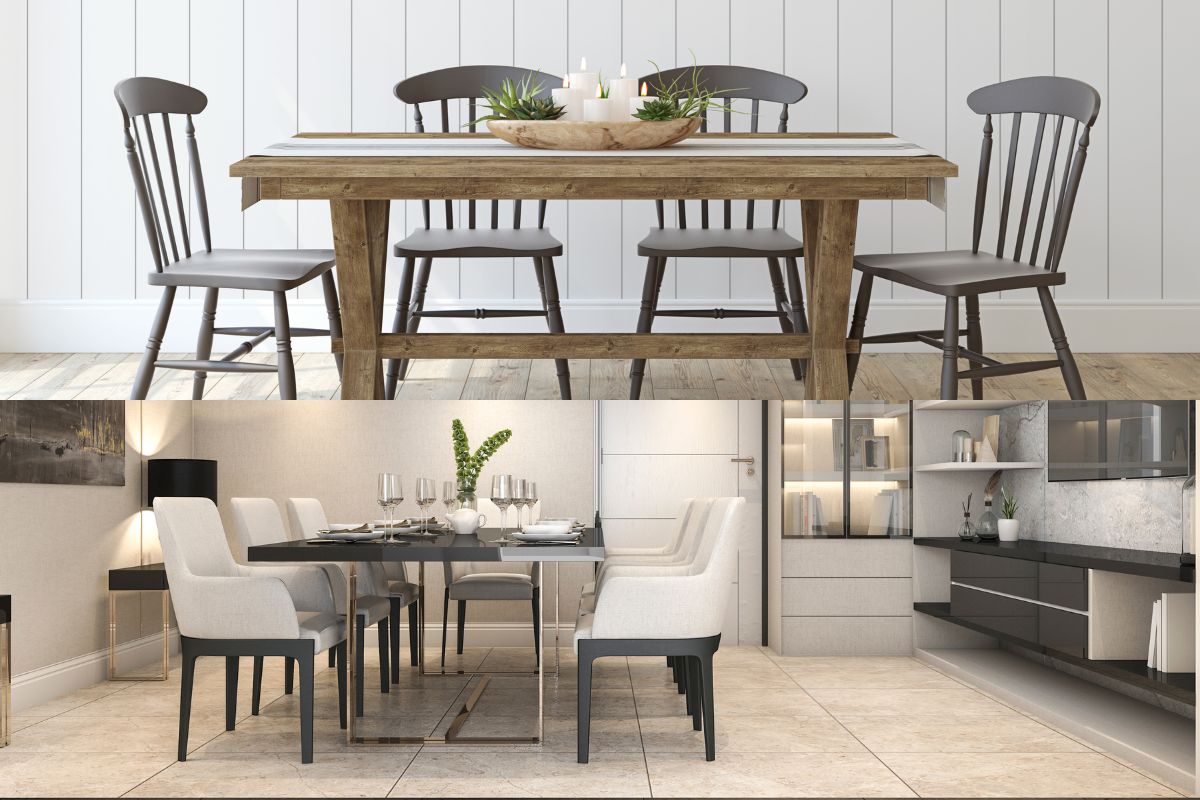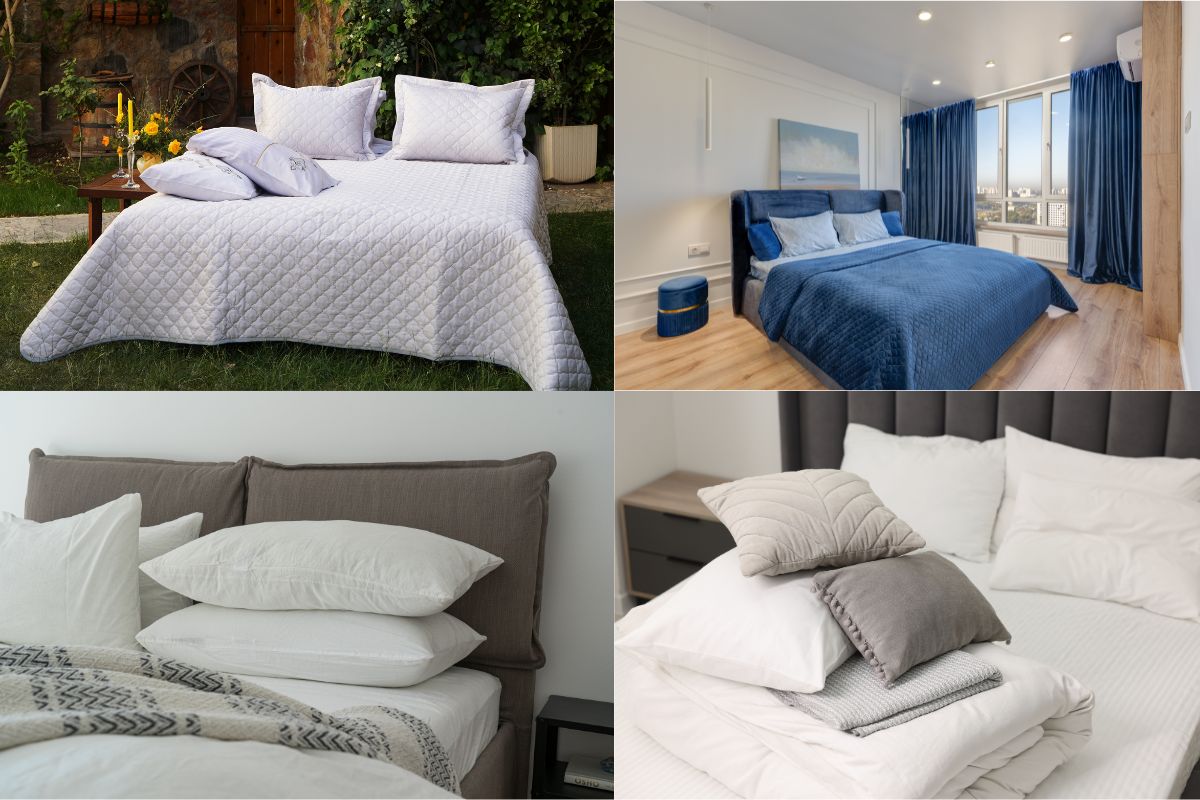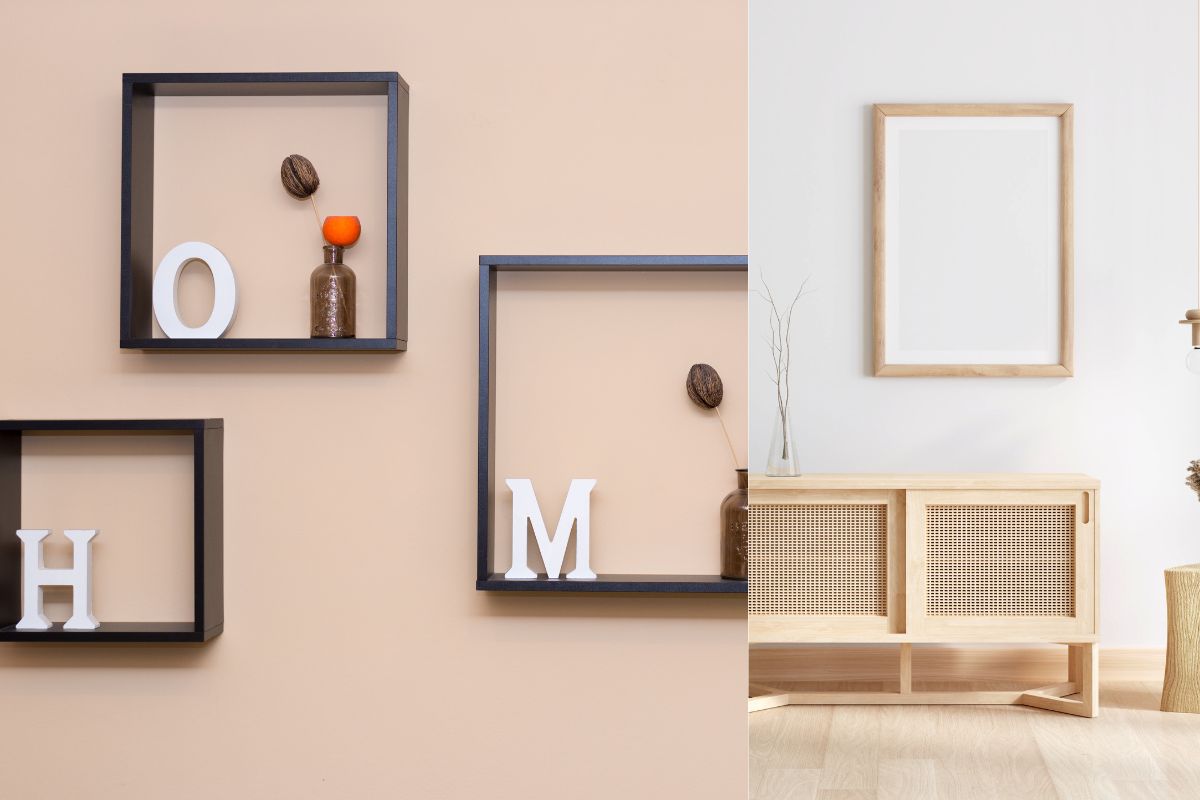Home decor ideas doesn’t have to be complicated or expensive. With just a few smart changes, you can completely revamp the atmosphere of any room.
It’s not about grand renovations or costly furniture—small updates can make a big difference.
Whether you’re a beginner or looking to make changes on a budget, these ideas are perfect for you.
1. Freshen Up with Paint (Simple Color Palette Transformation)
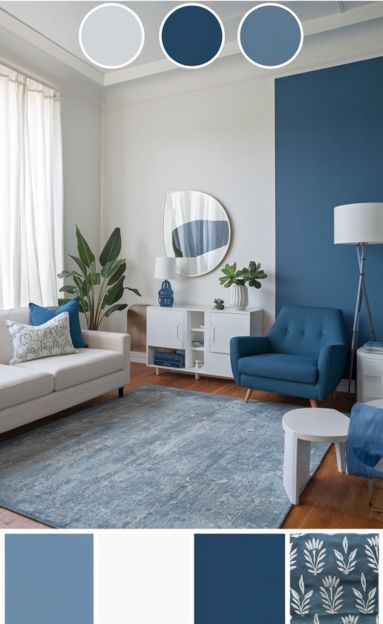
Why Paint is the Most Effective Change
Paint is one of the most transformative tools in home decor. A fresh coat of paint can change the entire mood of a space.
Imagine walking into a room painted in cool blues or soft grays—it instantly feels calm and serene. On the other hand, a room in vibrant yellow or orange feels energetic and lively.
That’s the magic of paint. It’s not just a change in color; it’s a shift in how the space feels.
Tips for Choosing the Right Colors
Choosing the right color is crucial because colors affect mood.
For example, shades of green are known to bring a sense of peace and nature into a space. They’re perfect for bedrooms or reading nooks.
Meanwhile, soft yellows or light grays are ideal for living areas, offering a blend of warmth and neutrality that can complement various decor styles.
If you’re unsure, start with neutrals. They provide a timeless background and give you the flexibility to add pops of color through accessories.
You don’t have to limit yourself to walls either—paint the furniture, the ceiling, or even create a feature wall. The possibilities are endless, and the results can be stunning.
2. Add Greenery (Indoor Plants for a Natural Touch)
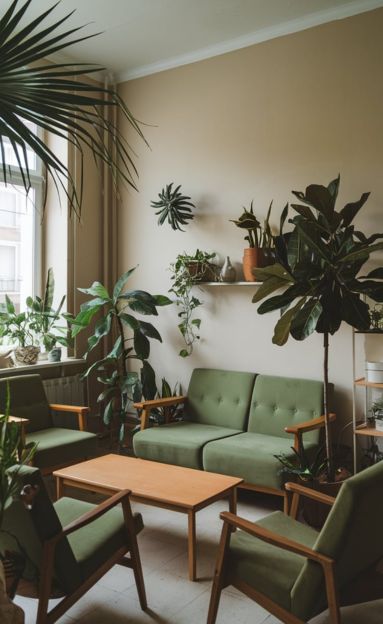
The Benefits of Indoor Plants
Adding indoor plants is an easy and affordable way to breathe life into your home.
Not only do they add a pop of green, but they also improve air quality and boost your overall well-being.
Plants have a calming effect on us, making spaces feel fresh and inviting. They can soften a modern space, bring warmth to a minimalist room, or add a touch of nature to any decor style.
Easy-to-Maintain Plants for Beginners
If you’re worried about keeping plants alive, don’t be. Some plants require very little care and can thrive even if you don’t have a green thumb.
For beginners, consider snake plants or succulents. Both are hardy and need minimal watering. Another great option is the peace lily, which not only looks beautiful but can also purify the air.
You could also try spider plants or pothos—they’re great for hanging planters and add a nice cascading effect to shelves or corners.
3. Upgrade Your Lighting (Create Ambiance with the Right Fixtures)
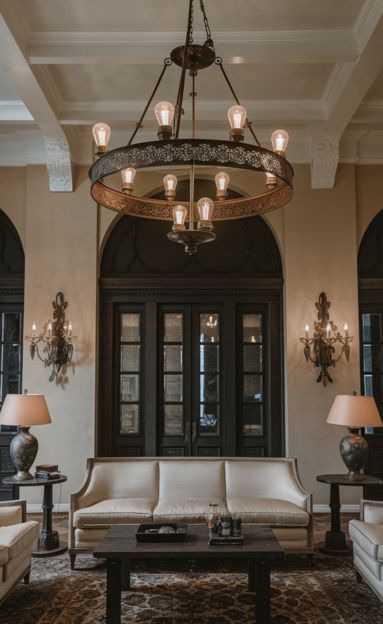
How Lighting Impacts Mood
Lighting plays a huge role in setting the mood of a room. Ever notice how cozy a space feels with soft, warm lights compared to harsh, bright ones?
The right lighting can make your living room feel inviting, while dim lighting in the bedroom creates a peaceful, restful environment.
Natural light is a winner during the day, but in the evenings, choosing the right fixtures can completely shift the atmosphere. Think about how you want a room to feel, then select lighting that enhances that mood.
Types of Lighting: Ambient, Task, and Accent
Layering different types of lighting creates a balanced and functional space.
Ambient lighting is your main source of light, usually coming from overhead fixtures or floor lamps. It’s the foundation of the room’s lighting.
Task lighting focuses on specific activities, like reading or cooking. Desk lamps, under-cabinet lights in the kitchen, or bedside lamps fall into this category.
Accent lighting is where the magic happens. It highlights certain areas or features, such as artwork, bookshelves, or architectural details. Wall sconces or small spotlights work well here.
Layering these three types of lighting ensures your room is both functional and atmospheric. It also gives you the flexibility to change the mood based on the time of day or the activity.
4. Rearrange Furniture for Better Flow
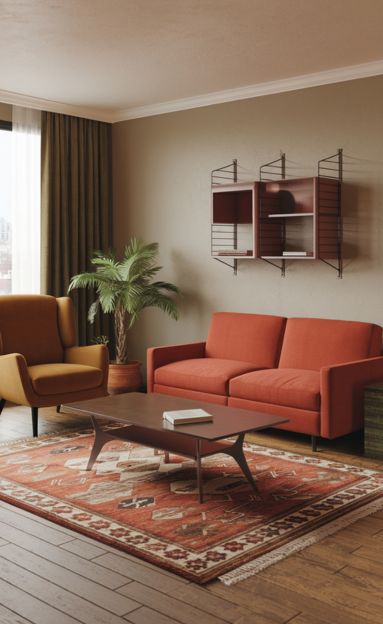
The Importance of Space and Flow
We often underestimate the power of rearranging furniture. But it’s one of the easiest ways to refresh a room and improve how it functions.
The way furniture is positioned affects the flow of a room. A cluttered layout can make a space feel cramped, while an open, well-thought-out arrangement allows for easy movement and gives the illusion of more space.
Flow is about creating clear pathways and ensuring that your furniture placement doesn’t block those paths. This makes the room feel more organized and spacious.
Furniture Placement Tips
Here are some simple tips to get started:
- Start with the largest piece: In living rooms, this is usually the sofa. Position it in a way that faces the focal point of the room, such as a TV, fireplace, or a large window.
- Avoid pushing furniture against walls: This is a common mistake. Pulling furniture away from walls by just a few inches can make the room feel more intimate and dynamic.
- Consider traffic flow: Ensure there’s enough space between furniture pieces for people to move freely. You don’t want to feel like you’re constantly sidestepping around chairs or coffee tables.
- Use rugs to define spaces: A well-placed rug can anchor a seating area and make it feel more cohesive, especially in open-plan spaces.
By following these tips, you’ll not only improve the flow of the room but also create a more inviting and functional space.
5. Use Mirrors to Make Your Space Feel Larger
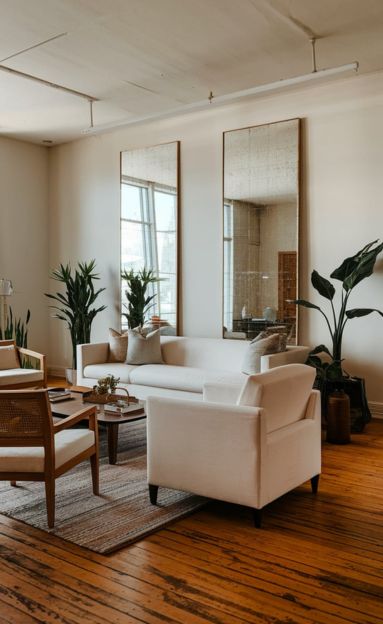
The Science Behind Mirrors and Space
Mirrors do more than just reflect your face—they can dramatically change how a room feels. When positioned correctly, mirrors reflect light, which instantly brightens a room.
By bouncing light around, mirrors create the illusion of more space, making even small rooms feel larger and more open. It’s a trick many interior designers rely on, and it works like magic!
Best Places to Position Mirrors
For the best impact, think about where light naturally hits. Hanging a mirror opposite a window maximizes natural light reflection, flooding the room with brightness.
In narrow hallways or smaller rooms, placing a long vertical mirror can stretch the room visually. For a more decorative touch, consider placing a mirror above a fireplace or in your entryway, both great focal points for any home.
6. Textiles for Comfort and Style
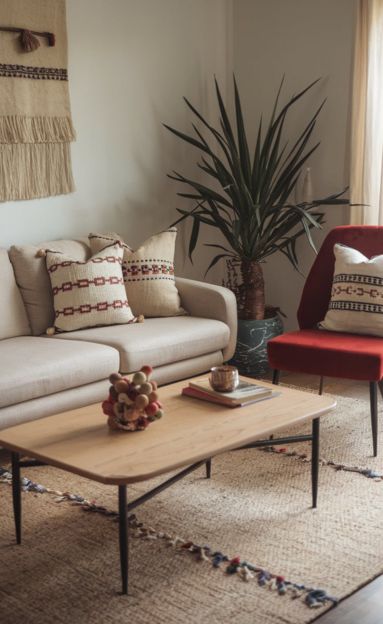
Choosing the Right Textures for Your Space
Textiles are like the finishing touch for your home. A well-placed throw blanket or a textured rug can instantly change the vibe of a room, making it feel cozier or more sophisticated.
For a living room, soft cushions and a plush throw on the couch can create a warm, inviting environment. Meanwhile, in the bedroom, layering different textiles, like knitted blankets and velvet pillows, adds depth and personality.
Budget-Friendly Textile Ideas
You don’t have to splurge on high-end fabrics to get the look you want. Budget-friendly stores often offer affordable yet stylish rugs, curtains, and cushions. You can even upcycle old fabrics to create unique pieces for your home.
For example, using fabric scraps to sew throw pillow covers adds a personal touch while saving money. Thrift stores and online marketplaces are also great places to find affordable, high-quality textiles that match your style.
7. Add Wall Art to Showcase Personality
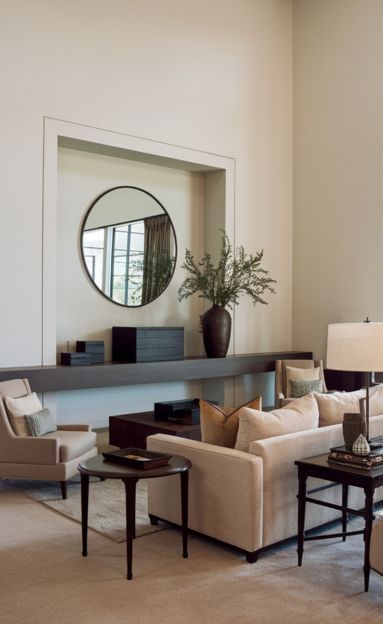
How Art Enhances a Room
Art isn’t just for galleries. The right piece of wall art can tie a room together and reflect your personal style. Whether it’s a bold painting, a family photo, or an abstract print, art adds personality and makes your space feel more like “you.”
When choosing art, think about the colors and mood you want to convey. A bright, colorful print can energize a room, while soft, muted tones create a more relaxed feel.
Affordable Art Options
You don’t have to spend a fortune to find beautiful wall art. Consider checking out local artists, online print shops, or even creating your own DIY art pieces. Sites like Etsy offer affordable, original art prints, and you can always hit up a second-hand store for vintage finds.
If you’re feeling crafty, try making a gallery wall with framed postcards, old records, or even fabric swatches. The possibilities are endless and can be tailored to your budget.
8. Utilize Storage as Decor
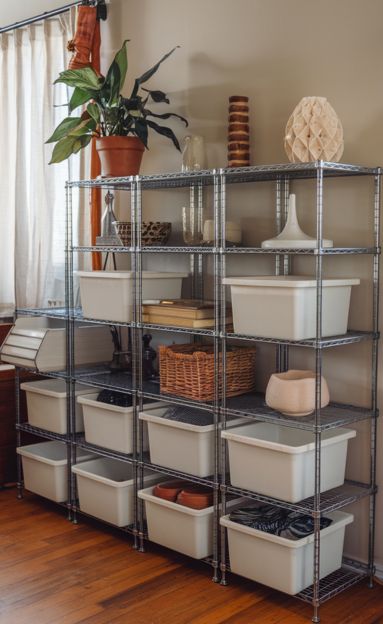
Functional Storage Solutions
Clutter can quickly make any room feel chaotic. However, storage doesn’t just have to be functional—it can also be a design element. Stylish storage solutions like woven baskets or sleek cabinets not only keep things organized but also enhance the room’s overall vibe.
For example, a set of stackable wooden boxes can serve as both storage and a side table. Or consider a decorative ladder that doubles as a towel rack. It’s a win-win for form and function.
Creative Storage Ideas
Now, let’s talk creativity. How about floating shelves? They’re perfect for showcasing books, plants, or collectibles while freeing up floor space. Decorative baskets are another versatile option. You can use them to store blankets, toys, or even magazines, all while adding a touch of warmth to the room.
Storage ottomans are another great idea—they provide a place to sit and a hidden spot to stash away items. The beauty of these ideas is that they turn practical storage into stylish decor pieces that elevate your space.
9. Personal Mementos for a Unique Touch
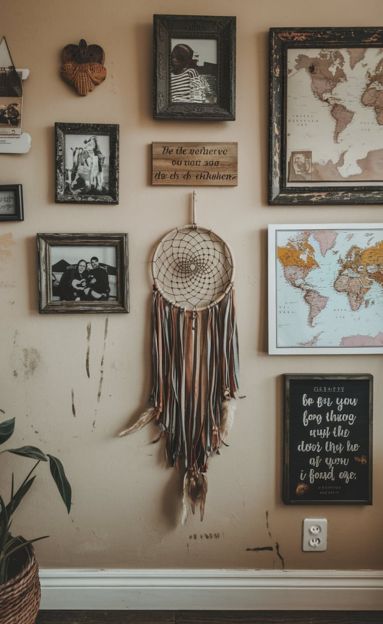
The Power of Personalization
Your home should be a reflection of your life, your memories, and your style. Incorporating personal mementos like family photos, travel souvenirs, or cherished heirlooms adds warmth and personality to any room. These items not only make your home feel like “yours” but also spark conversations and create a cozy, inviting atmosphere.
Display Ideas for Personal Items
Displaying personal items in a creative way is key to keeping your space looking organized, not cluttered. Consider a gallery wall for your favorite photos or artwork. You can mix and match frames to create a unique, eye-catching design.
For smaller mementos, shadow boxes or floating shelves can display your treasures without overwhelming the space. By carefully curating and arranging these pieces, you can make a bold yet personal statement in your home.
10. Introduce a Statement Piece for a Bold Change
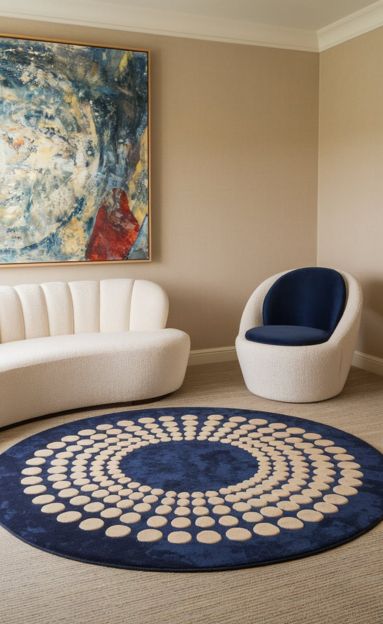
What is a Statement Piece?
A statement piece is the star of the room. It’s that one item that catches everyone’s eye and sets the tone for the entire space. Whether it’s an oversized mirror, an abstract painting, or a vintage armchair, a statement piece can instantly elevate a room and give it a focal point.
Choosing the Right Statement Piece
When choosing a statement piece, think about what resonates with your personal style. Do you love bold colors? Go for a vibrant painting. Prefer a more minimalist look? A sleek, modern sofa might be the perfect fit.
Make sure your statement piece complements the rest of the room rather than overpowering it. The goal is to strike a balance—let the piece shine without clashing with other elements in the space.
Final Thoughts
Transforming your home doesn’t require a major renovation or expensive items. Simple, thoughtful changes like incorporating stylish storage, adding personal mementos, or introducing a bold statement piece can make a world of difference.
Start small, test out different ideas, and soon enough, you’ll see how these little touches can refresh your space. Happy decorating!





